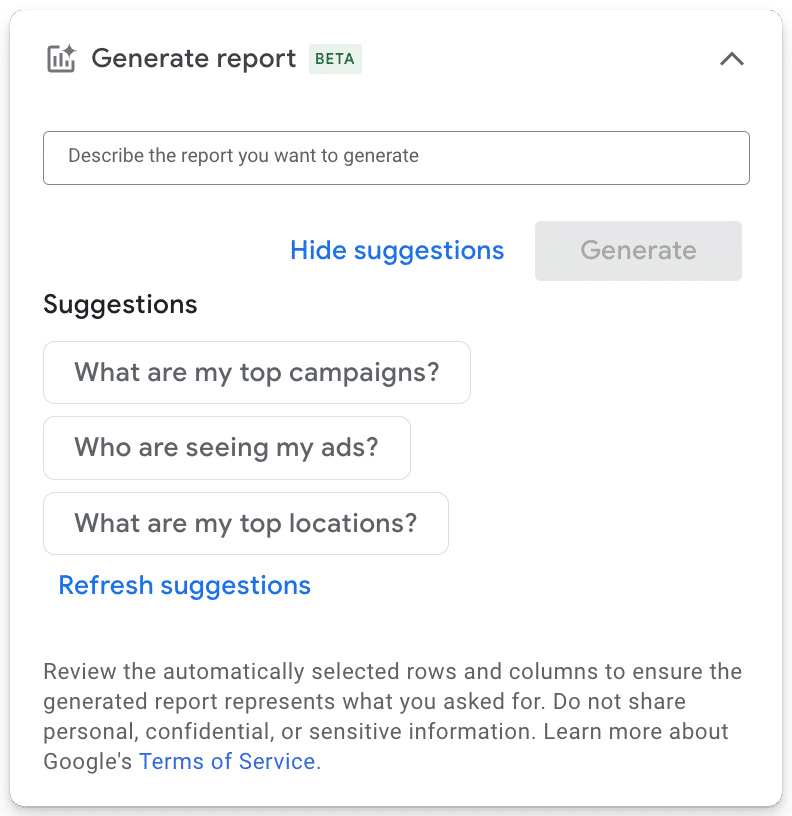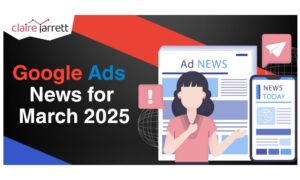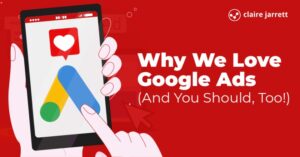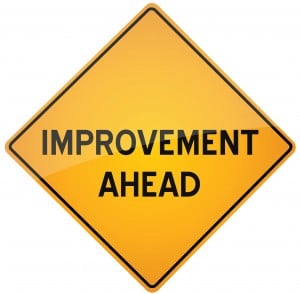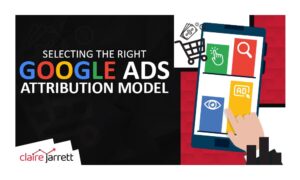Google Ads News: December 2024
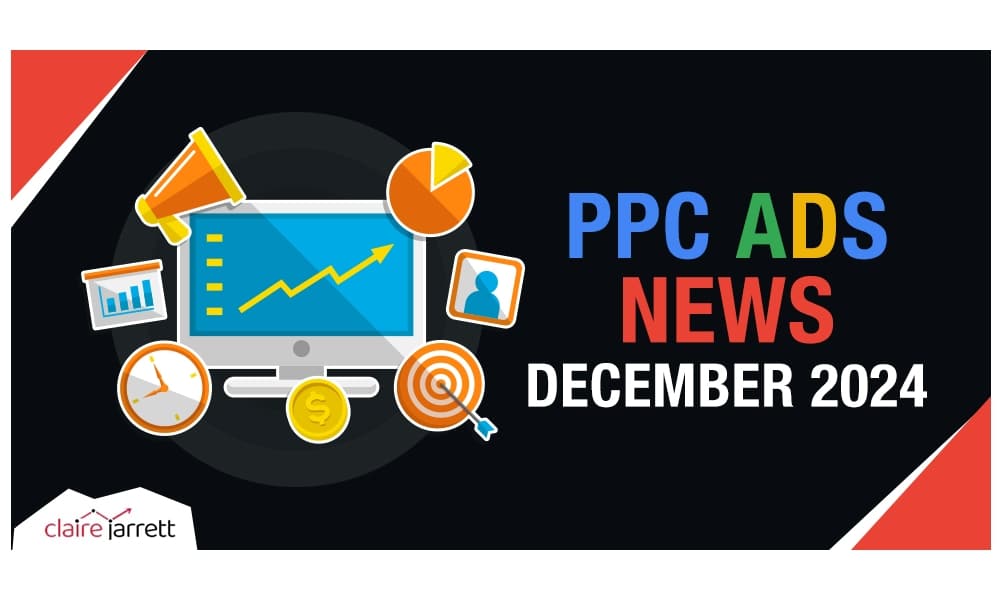
Last Updated on: 29th January 2025, 11:57 am
As the year winds down, it’s time to zoom out and ask where Google Ads is headed in 2025. If you’ve read my recent article, “What’s New in Google Ads in 2025?”, you’re already sharp on some of the upcoming key changes. If not, put it on your reading list!
But first…while we’re on our toes about what’s next, there’s still plenty happening in these final days of the year.
So, let’s dive into this December’s Google Ads News and wrap up 2024!
Double Trouble or Double Opportunity? Google Experiments with Two Ads from the Same Advertiser
Google is testing a configuration where one advertiser can have two ads display for the same search term.
If you’ve been in PPC for a while, you might be thinking, “Wait, isn’t that against Google’s own rules?” And you’d be right.
According to Google’s ad policy, they’re supposed to show only one ad per account for a specific keyword.
However, Anthony Higman, CEO of ADSQUIRE, spotted this curious case and flagged it on LinkedIn. It didn’t take long for the PPC community to chime in with concerns.
Google Ads Liaison Ginny Marvin jumped in to clarify:
- This is part of a controlled experiment
- Advertisers don’t need to take any immediate action
- The experiment’s success will depend on whether it actually delivers value – for both advertisers and users
If this experiment sticks, it could have serious implications for both advertisers and the overall ad auction. Here’s why:
Showing two ads could mean more visibility for your brand, sure. But visibility without performance is just… well, expensive visibility. If those two ads end up competing against yourself in the same auction, you could inadvertently drive your CPCs sky-high without seeing a corresponding ROI boost.
On the positive side, having two ad spots could crowd out competitors. For big brands, this could be an opportunity to dominate SERPs for high-value keywords. But smaller advertisers might feel squeezed out.
Plus, two ads from the same advertiser could dilute performance metrics like CTR and conversion rate. Would one ad cannibalise the clicks from the other? Or would they complement each other, driving more collective engagement?
If this configuration rolls out beyond the testing phase, here’s what I’d recommend:
- If you notice your CPCs spiking without a corresponding increase in conversions, it might mean your ads are just competing with each other.
- If you’re running two ads for the same term, make sure each ad serves a distinct purpose – one for awareness, one for conversion, for example.
- Keep an eye on your ROAS and CPA. Doubling your placements shouldn’t mean doubling your costs without measurable results.
- If this experiment starts rolling out more broadly, share your findings!
Google Ads Tests AI-Powered Reporting Tool in December 2024
Google Ads is testing an AI-powered reporting tool that focuses on natural language prompts.
Instead of clicking through endless dropdowns, you can now just ask Google what you want to see. Such as: “Show me ad performance by region” or “Which campaigns had the best ROAS last month?”
For advertisers who aren’t confident in building reports from scratch, this tool could save time.
But remember: AI tools are only as good as the data they’re pulling from.
PPC expert Menachem Ani shared a sneak peek of what the report looks like on X:
While I’m cautiously optimistic about this tool (and yes, I’ll definitely be testing it), I’m controlling my expectations. It’s not going to replace solid data analysis, but it might make the process smoother.
For now, my advice is simple: If you get access to this beta, test it. Try different prompts and see how accurate (or off-base) the reports are. And let me know about your results!
Google Shopping Introduces Annotations and Badges
Google’s given us a fresh look at its Shopping annotations and badges, and if you’re running eCommerce campaigns, this update deserves your full attention.
Annotations and badges are the extra details Google can display on your Shopping ads and free product listings. They’re eye-catching snippets of information like “Top Quality Store” or “Free and Fast Shipping” that help your products stand out.
The following screenshot shows a few key annotations and badges:
The only caveat is: You don’t control which annotations show up. Google dynamically selects the most relevant ones based on factors like user intent, platform, and device type.
So, how do you get them to show up?
While you can’t guarantee specific annotations will appear, you can stack the odds in your favour by:
- Completing every single field in your product data, including price, shipping details, and return policies.
- Staying accurate. Google prioritises reliable and up-to-date data. If your shipping times are inconsistent or your product titles are vague, annotations might not appear.
- Keeping an eye on eligibility rules. Some annotations have requirements (e.g., minimum price drop percentage). Make sure you’re meeting the criteria.
Google’s still evolving these tools, so expect updates and tweaks as they refine how annotations roll out.
Performance Max Negative Keyword Exclusions Begin Beta Rollout
It looks like Google is finally listening to one of the biggest advertiser pain points with Performance Max campaigns: negative keyword exclusions.
If you’ve been running PMax campaigns, you know they’re a bit of a black box. They’re powerful, yes, but they’ve also been notoriously limited when it comes to controlling where your ads show up – especially for irrelevant or unwanted search terms. Negative keyword exclusions at the campaign level give you more control to prevent wasted spend and improve targeting.
Here’s what we know so far:
- Advertisers like Darcy Buck have been eagerly watching for this rollout, with Darcy even taking to X to ask if the beta had launched.
- Ginny Marvin also confirmed that the beta has indeed started rolling out and will continue expanding into early 2025.
That said, many advertisers are still reporting they don’t have access to the feature in their accounts yet. If you’re one of the lucky ones who can see it, make sure you’re putting it to good use and sharing insights.
While we wait for full access, here’s what you should keep in mind:
- If you’re not seeing the campaign-level exclusion option yet, you’ll still need to rely on the existing method: contacting your Google account manager to request negative keyword exclusions manually.
- Start building and refining your negative keyword lists now, so when the beta hits your account, you’re ready to go.
- As soon as you gain access, prioritise testing to measure the impact on campaign performance.
New Policies for Privacy-Enhancing Technologies (PETs) and Connected TV (CTV)
Google is updating its ad policies to tackle two major shifts: the rise of Privacy-Enhancing Technologies (PETs) and the explosive growth of Connected TV (CTV) as a dominant ad channel.
PETs are tools and systems designed to let advertisers use first-party data securely, without putting user privacy at risk. If you’re using first-party data for your Google Ads campaigns (which you should be), PETs are now the standard.
Now, if you’ve been ignoring CTV ads because they felt too niche or “not relevant to your audience,” it’s time to reconsider. CTV is booming – streaming platforms are flooded with users, and ad-supported models are becoming the norm.
However, different platforms have different reporting standards and measurement inconsistencies could happen. Google’s updates aim to clean that up. Here’s how:
- You’ll have better visibility into how your ads are performing across CTV platforms.
- Google is creating stricter rules for how data signals – like IP addresses – are managed and shared.
- When it comes to ad quality and transparency, ads that mimic system warnings or trick users into clicking are forbidden. After all, performance insights should reflect authentic user interactions, not artificially inflated numbers from misleading ads.
Don’t wait for this to become a compliance headache. Start familiarising yourself with on-device processing and multi-party computation tools. Even if your audience isn’t fully there yet, testing now puts you ahead of the advertisers who’ll scramble to catch up later.
That’s a Wrap on Google Ads for 2024!
This month’s updates show that Google’s focus is on putting us back in control. But this control isn’t automatic. You’ll need to stay sharp, test aggressively, and keep your campaigns clean if you want to capitalise on these changes. To which I say:
Stay curious. Stay sceptical. And above all, stay in control.
If you need a boost to sharpen your Google Ads strategy, you know where to find me. Or, you could start 2025 with a bang by acquiring my best-selling book, Rapid Google Ads Success.
See you next year! 😉


